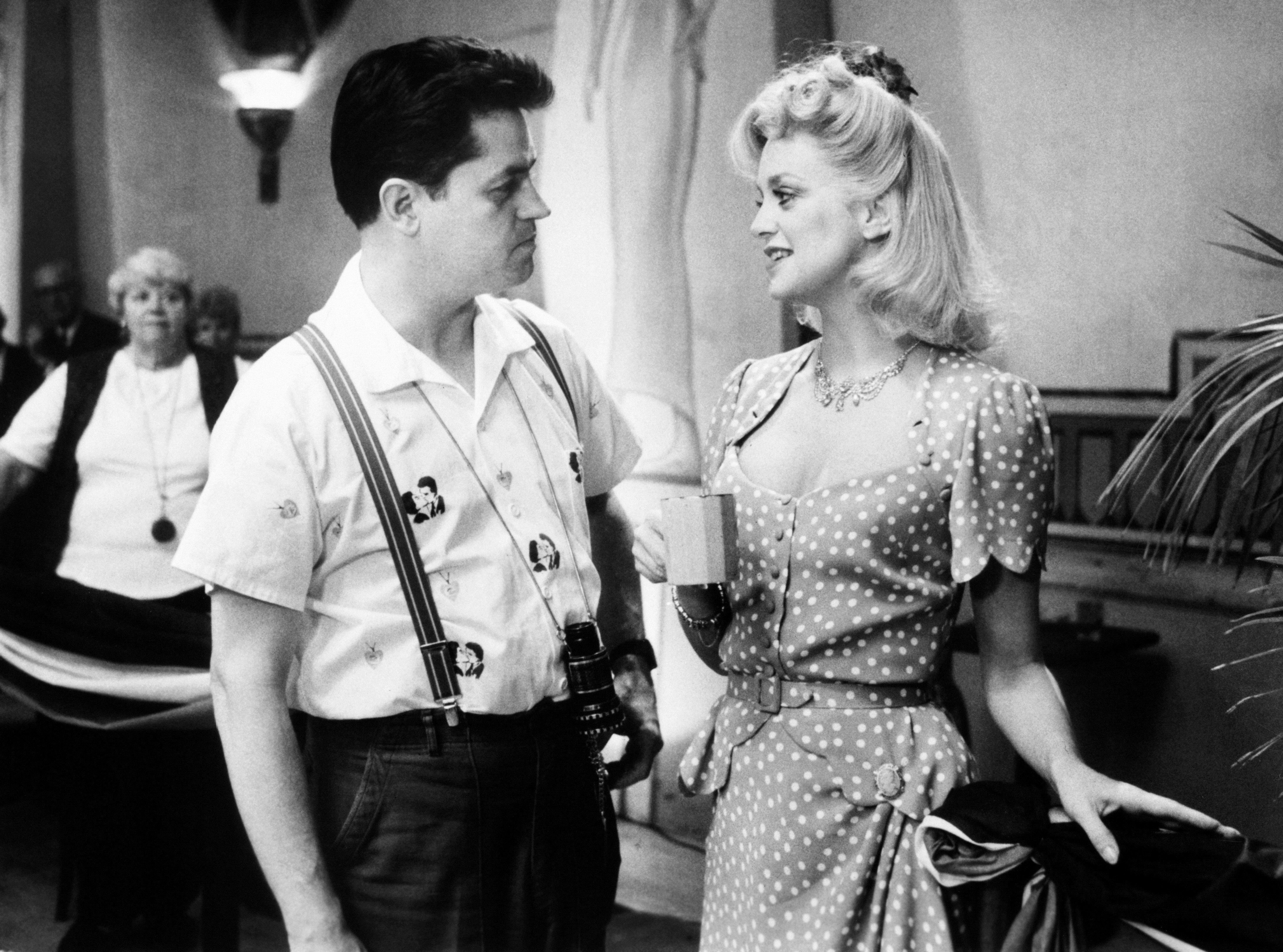Today in Movie Culture: Why Every Movie Space Battle is Wrong, 'Super Mario Bros.' vs. 'Aliens' and More
Here are a bunch of little bites to satisfy your hunger for movie culture:
Movie Science of the Day:
With Guardians of the Galaxy Vol. 2 out in theaters, Kyle Hill scientifically explains why every movie space battle is wrong:
[embedded content]
Musical Cosplay of the Day:
Speaking of Guardians of the Galaxy Vol. 2, here are some fans in costume as its characters singing a capella covers of its songs:
[embedded content]
Fan Build of the Day:
And speaking of space movies, here’s a tutorial on how to make your own bike helmet modeled after K-2SO from Rogue One: A Star Wars Story (via Fashiobably Geek):
[embedded content]
Remade Trailer of the Day:
And speaking of Star Wars, here’s a redo of the trailer for The Last Jedi with old school video game graphics (via /Film):
[embedded content]
Mashup of the Day:
Also speaking of space movies and video games, here’s a mashup of an old school Super Mario Bros. game and Aliens (via Geek Tyrant):
[embedded content]
Movie Comparison of the Day:
And speaking of James Cameron’s Alien sequel, Couch Tomato has 24 reasons why Aliens and Resident Evil are the same movie:
[embedded content]
Vintage Image of the Day:
Goldie Hawn, who returns to cinemas this week in Snatched, and the late director Jonathan Demme on the set of Swing Shift in 1983:
Movie Trivia of the Day:
Speaking of Demme, here’s ScreenCrush with a bunch of trivia you might not know about The Silence of the Lambs:
[embedded content]
Video List of the Day:
CineFix is back with part two of its selection of the best shots of all time, from movies including Persona, The Master and Metropolis:
[embedded content]
Classic Trailer of the Day:
Today is the 60th anniversary of the Cannes premiere of Federico Fellini’s Oscar-winning masterpiece The Nights of Cabiria. Watch the original U.S. trailer for the Italian classic, celebrating Giulietta Masina’s best actress festival award win below.
[embedded content]
and




